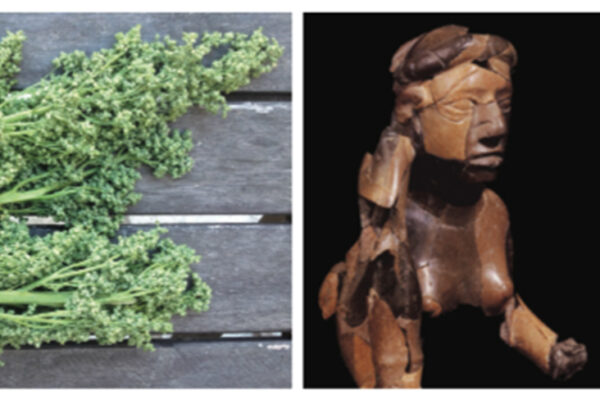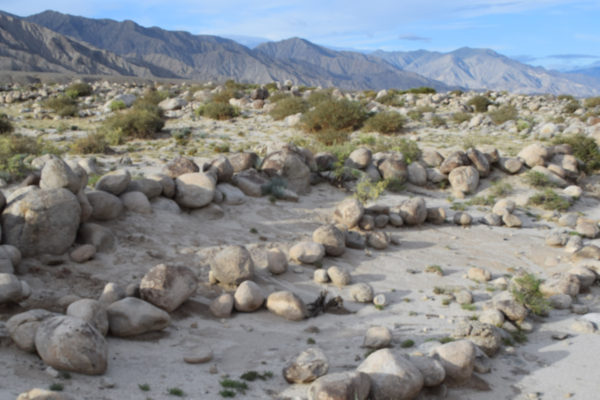Federal farming report features two Olin researchers
Two Olin Business School researchers at Washington University in St. Louis are highlighted in a new federal report issued March 27 showing how U.S. farmers — facing a surge of weather events and disease outbreaks — can increase production and revenues with innovations produced by government-funded agricultural research.
Women shaped cuisine, culture of ancient Cahokia
Long before corn was king, the women of Cahokia’s mysterious Mississippian mound-building culture were using their knowledge of domesticated and wild food crops to feed the thousands of Native Americans who flocked to what was then North America’s largest city, suggests a new book by a paleoethnobiologist at Washington University in St. Louis. “Feeding Cahokia” sets the record straight on America’s first farmers while offering a roadmap for rediscovering the highly nutritious native foods they once cultivated, including a North American cousin of quinoa.
Computer-simulated soybeans
Where machine learning meets spring planting and big data intersects with farming big and small, two Olin Business School researchers have devised a computational model so farmers and seedmakers could take the guesswork out of which particular variety of, say, soybean to plant each year.
Did ancient irrigation technology travel Silk Road?
Using satellite imaging and drone reconnaissance, archaeologists from Washington University in St. Louis have discovered an ancient irrigation system that allowed a farming community in northwestern China to raise livestock and cultivate crops in one of the world’s driest desert climates.
Humans have been changing Chinese environment for 3,000 years
A widespread pattern of human-caused environmental degradation and related flood-mitigation efforts began changing the natural flow of China’s Yellow River nearly 3,000 years ago, setting the stage for massive floods that toppled the Western Han Dynasty, suggests new research from Washington University in St. Louis.



